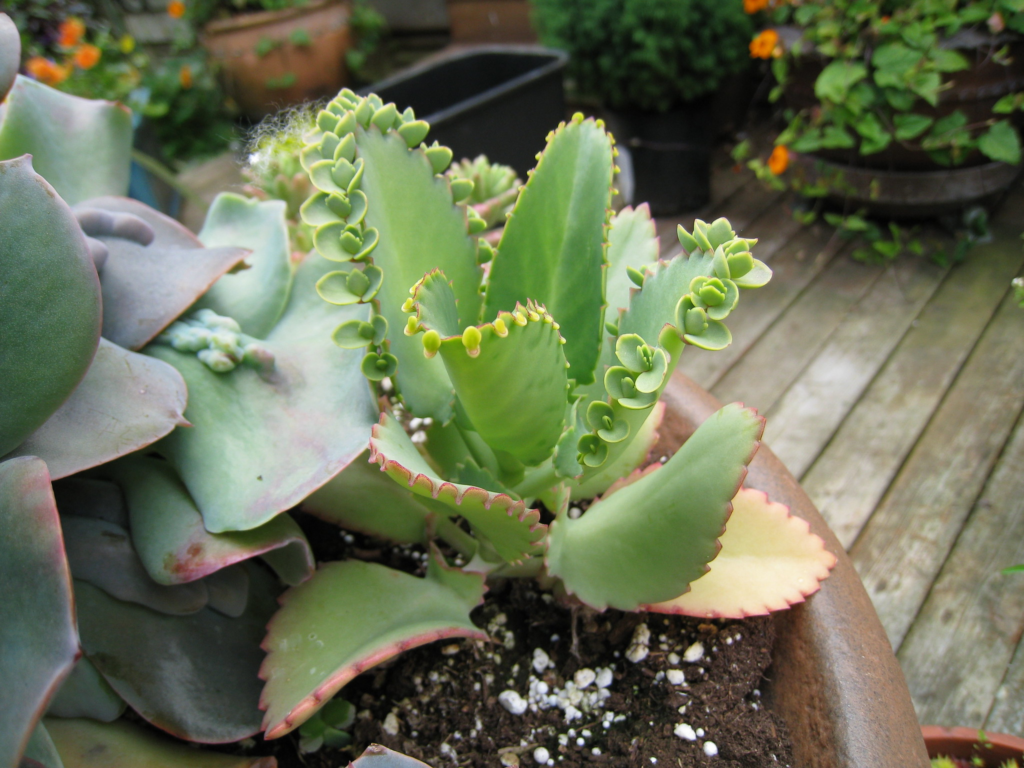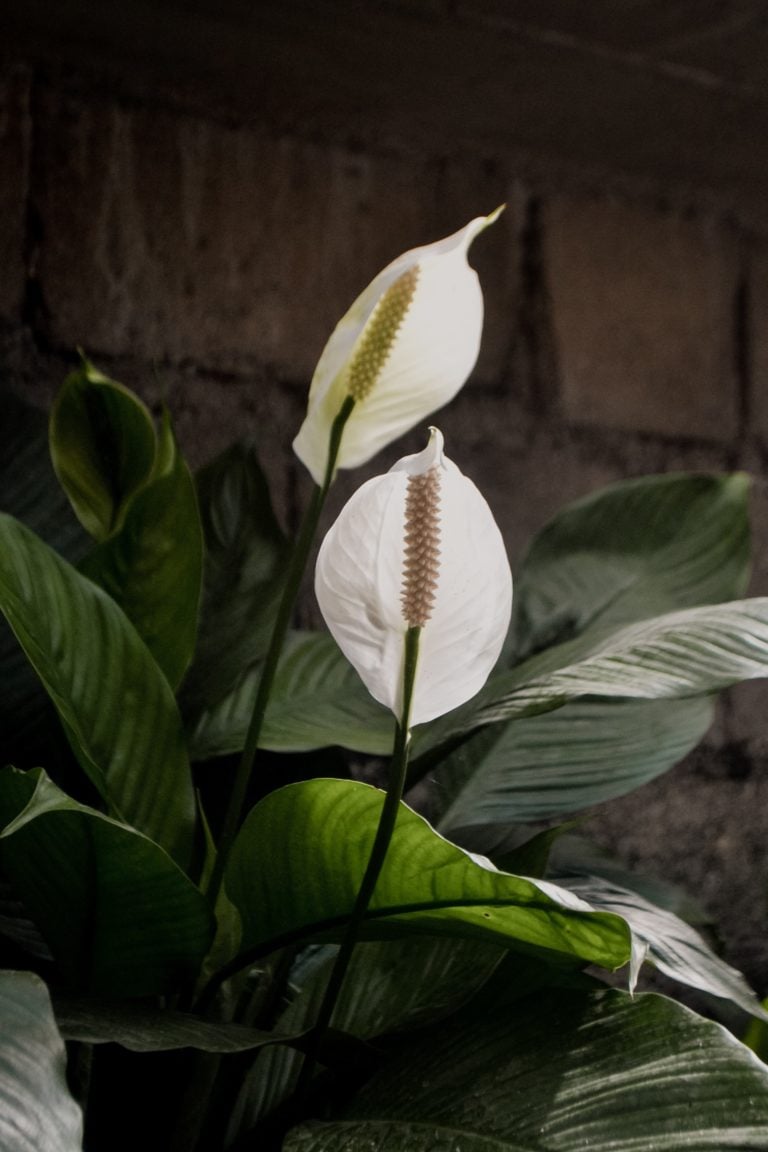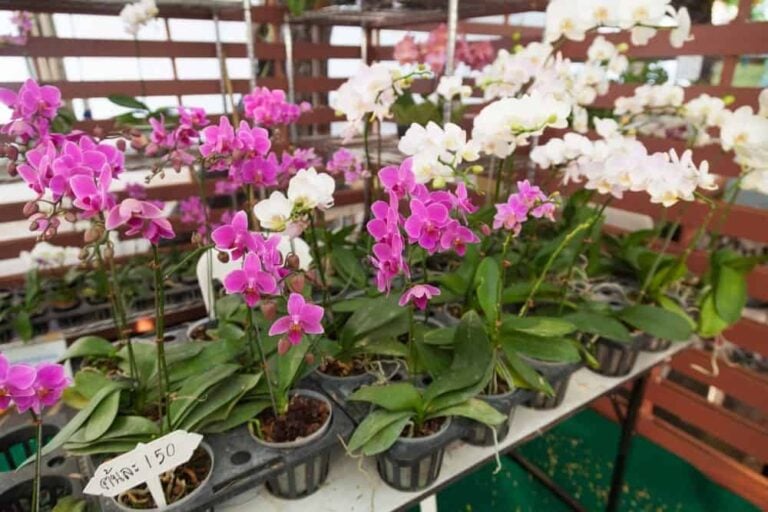Growing The Mother Of Thousands Effectively
These types of succulent plants require patience and a lot of effort to keep them alive and well, when it comes down to it, they don’t actually require long-term strict maintenance.

However, starting off you may want to keep an extra eye on the succulent to make sure it grows effectively because the climate they’re from originally is Madagascar where plenty of sunlight and fresh air is easy to obtain.
Table of Contents
How Can I make My Mother Of Thousands Grow Faster?
One thing to take into consideration is the nutrients your succulent plant can take in based on your climate. Plenty of sunlight is required to grow this plant so be sure to place it in a well-lit area when sunlight can reach its leaves and roots to help it grow effectively.
However, be sure not to leave it out too long in direct sunlight as too much time in the sun can cause sunburned leaves.
Mother of Thousands are extremely sensitive to water so overwatering this succulent is not going to help it grow any faster, unfortunately.
Using well-drained soil is a must when it comes to this plant, as it allows you to water the plant little by little, letting the excess water drain out effectively.
Overwatering can cause the plants to rot so be sure that before watering, the plant is dry and not moist to the touch. A rule of thumb for you, If it doesn’t need it, don’t bother watering it.
Giving the plant a resting period between the seasons with less watering, and cooler temperatures will help the Mother of Thousands into bloom!
Do Mother Of Thousands Plantlets Grow Back?
Mother of Thousands is considered an attractive foliage house plant and it’s a curious plant that forms tiny plantlets on the edges of its leaves when growing.
Because of this unique feature, it is known as the alligator plant or better known as the devil’s backbone. A more unique name they go by is the Mexican hat plant which is a more creative take on naming the plant, based on its features.
The plantlets that form on the edges of the leaves grow quickly, developing their roots which then results in the plantlets falling off to sprout. This process is where they get their original name from, Mother of Thousands because they produce colossally.
However, because of this process, the plant is known as a bit of a nuisance succulent which is better suited to be indoors where more control can be kept.
They can spread very rapidly when planted outdoors and this spread isn’t considered much of a concern, however, when kept in controlled containers this shouldn’t be an issue to worry about.
Can You Propagate Mother Of Thousands From Leaves?
Because this succulent plant has so many smaller plantlets that drop off when growing and developing roots, these make for the perfect plant to propagate straight from the leaves.
For those wanting to propagate this plant, the special feature that enables them to drop off the leaves is most welcome!
During winter, the mother of thousands produces flowers and then dies, to be replaced and reborn again by one of its plantlets later on in the spring of the following year.
When flowering, this plant can only successfully do so outside because indoor flowers rarely bloom in this case. The flowers that are produced are of a grey or lavender color and are spectacular to witness grow.
Somewhere along with the Mother of Thousands evolutionary line, it lost its ability to produce seeds when growing, so the plantlets act as its reproduction cycle, so yes, you can propagate Mother of Thousands from the leaves alone. It quite literally relies on the plantlets to survive.
How Do I Trim My Mother of Thousands?
The Mother of Thousands plant is a beautiful and time-worthy succulent to have in your household so learning to take care of it will make it last longer and look healthier for longer. You’ll want to effectively grow it, si it thrives for years to come.
The plant can grow as tall as 18-35 inches if you let it do so, and the large leaves grow up to 3 inches wide and 6 inches long! The best way to prune this plant is to trim off the top part of the plant just above the leaf.
This succulent is a fast-growing plant, so trimming this section regularly, can encourage the plant to grow thick and healthy. Once it’s trimmed, new growth should appear fairly quickly so it’s not a trim to worry about!
Is Mother Of Thousands Pet Safe?
Since Mother of Thousands plants contains a toxic steroid called daigremontianin, they are toxic to cats, dogs, and children. So do be careful when keeping them to place or home them out of reach of any pets or children that may be around them regularly in your household.
This plant has many negative side effects which can be lethal if not treated immediately upon consumption of any part of the plant. These side effects can include vomiting, diarrhea, and in rare cases, an abnormal heartbeat.
So, if your child or pet does consume part of the plant, call a doctor immediately.
It’s better to be safer than sorry when it comes to toxic plants, whilst they’re wonderful in our homes, if a pet or child reaching them is something you can’t avoid, then consider homing the plant outside instead where you can monitor your child or pets whereabouts closely.
What’s The Difference Between Mother Of Thousands And Mother Of Millions?
Mother of Thousands and Mother of Millions are very similar in appearance, so it can be difficult telling them apart easily. Also, it doesn’t help that they’re so similar in the name either!
The plantlets on the Mother of Millions plant grow on the tip whereas, Mother of Thousands plants have plantlets that grow on the edges of the leaves.
The Mother of Millions succulent has narrower leaves compared to its double, Mother of Thousands where the leaves are much broader and grow in pairs.
Mother of Millions also grows on multiple stalks compared to Mother of Thousands which grows on a single stalk. These are subtle differences but to any plant or succulent grower, they should be an obvious giveaway to help you differentiate between the two succulents.
There are trademark mottled purple spots that grow on the stalks of the green foliage of the Mother of Millions plant, and as we know, the Mother of Thousands plant grows plantlets on its leaves which drop of when the plant is ready to die.



